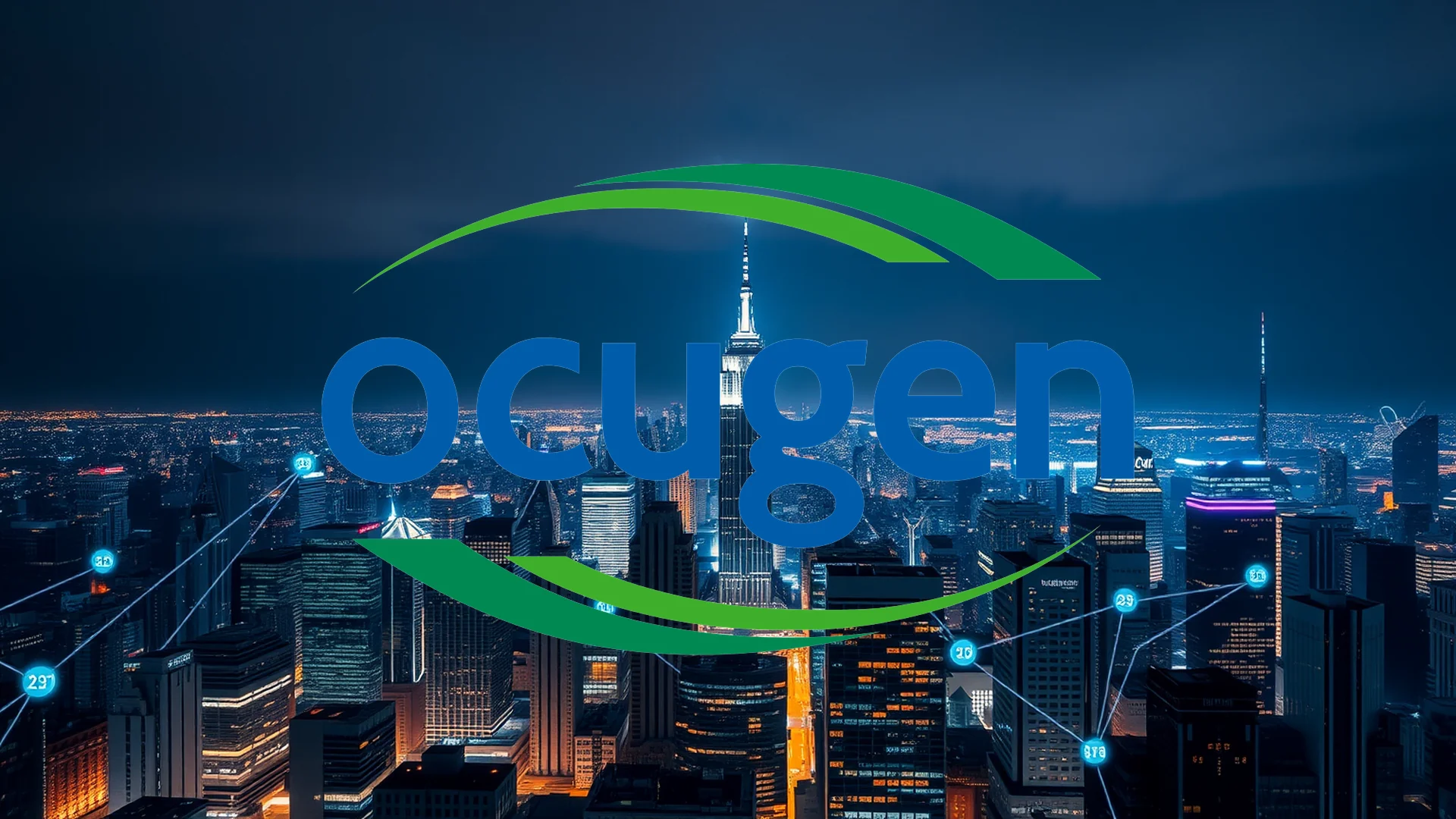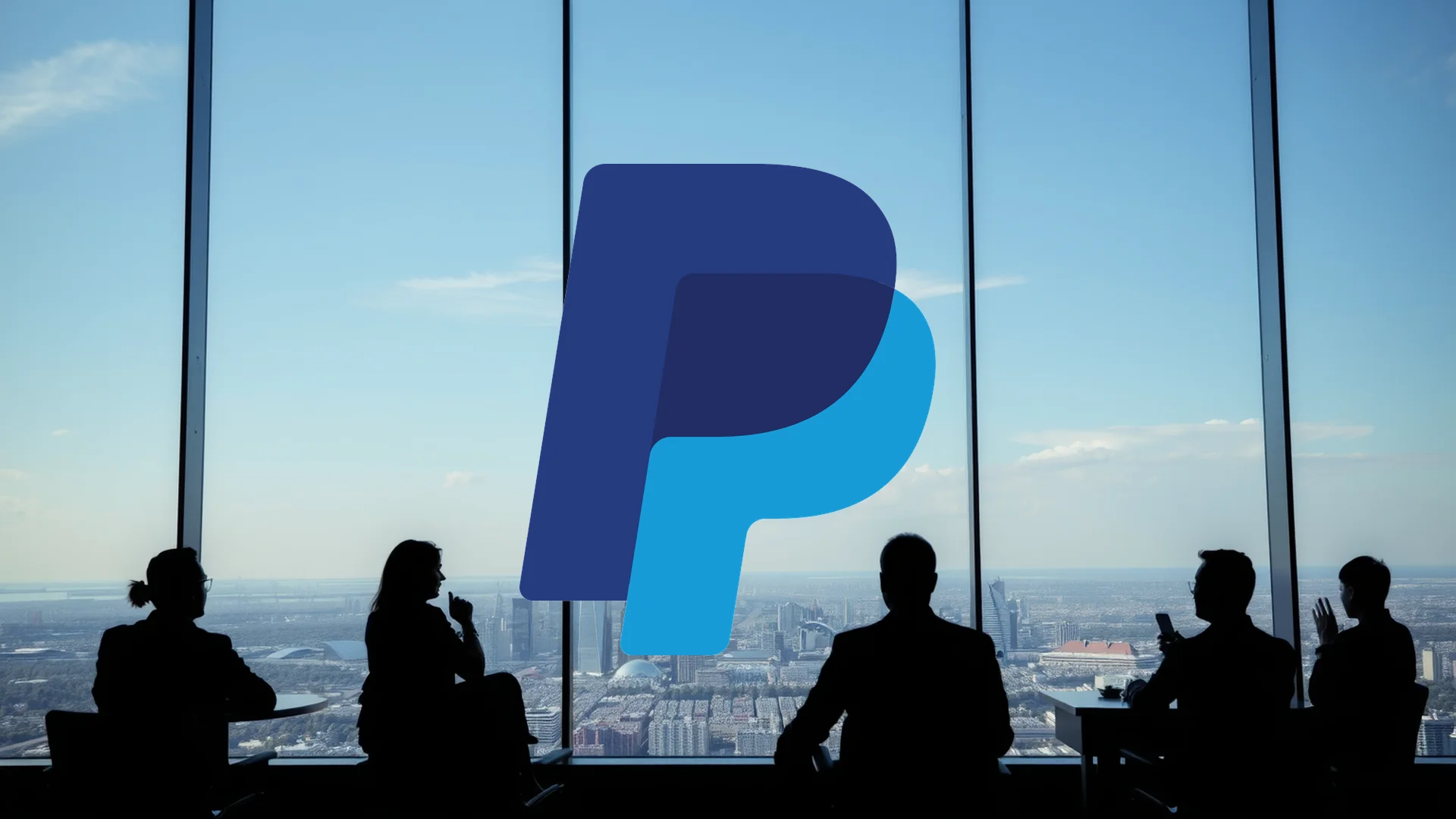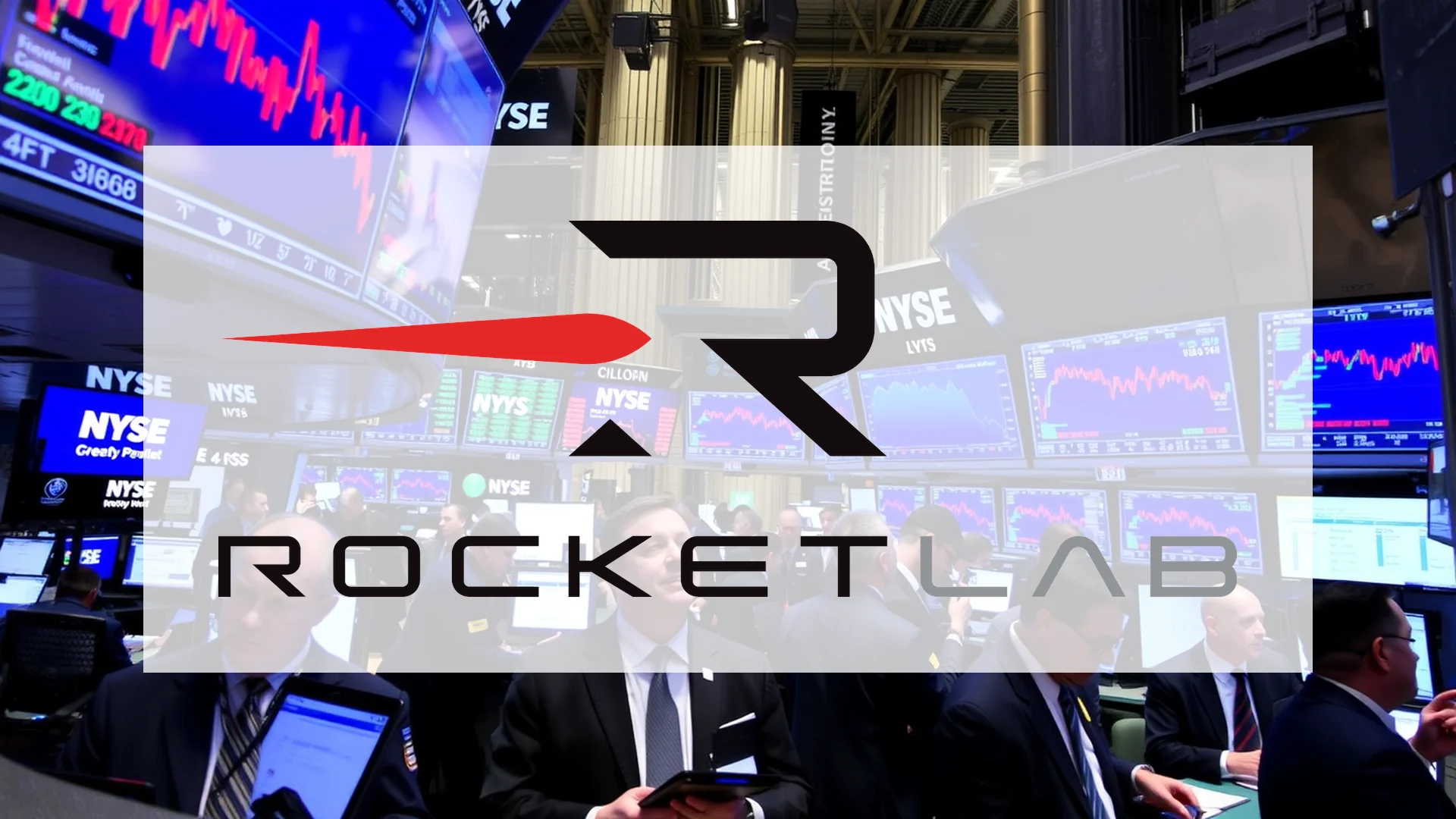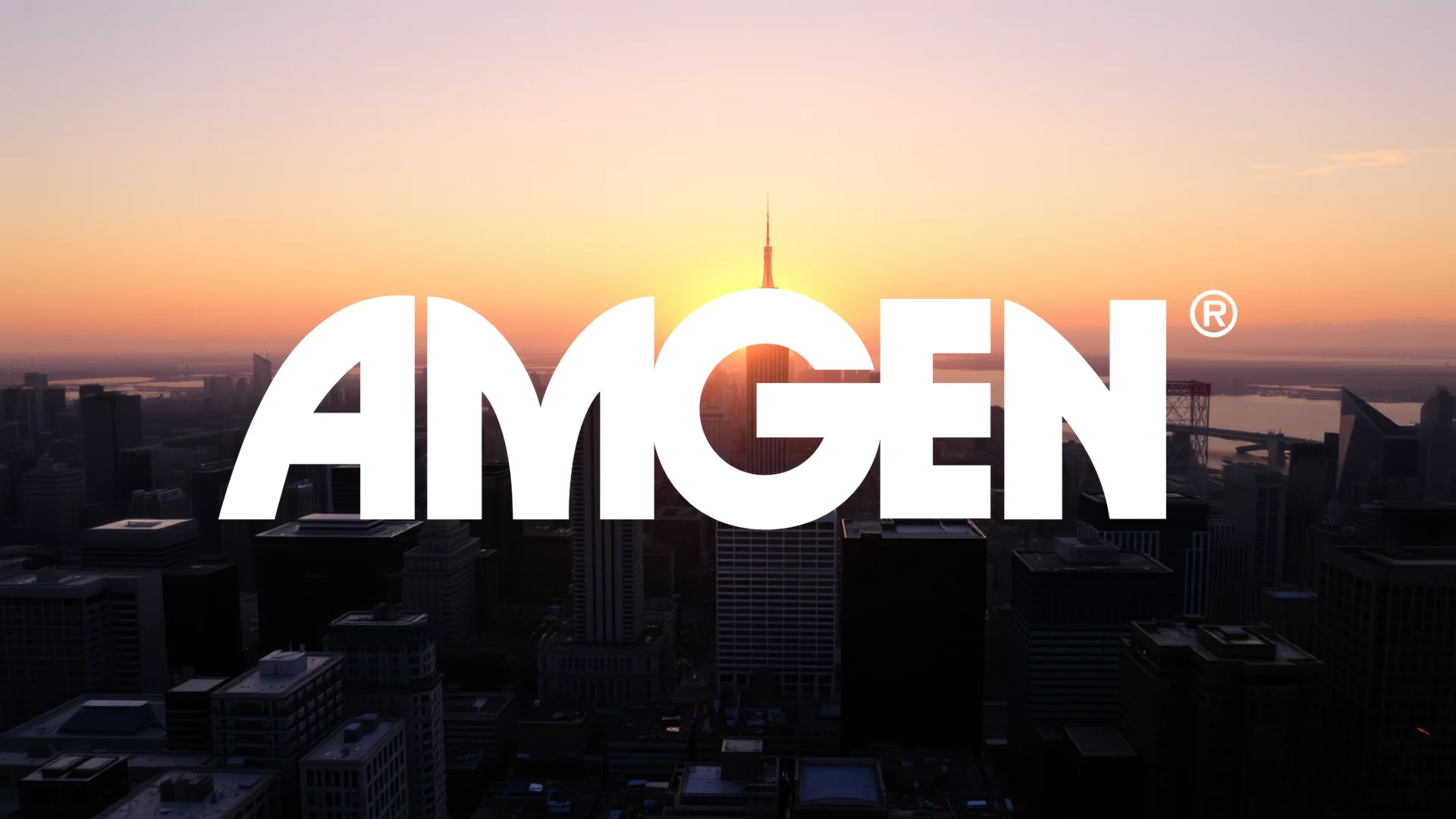The video game industry presents investors with two compelling but fundamentally different strategies. On one side stands Take-Two Interactive (TTWO), preparing for the monumental launch of Grand Theft Auto VI. On the other is Electronic Arts (EA), a powerhouse built on a foundation of annually recurring franchises and live-service games. This contrast between a single, transformative event and a diversified, steady portfolio defines the investment thesis for each company.
Divergent Strategies for Dominance
Electronic Arts has constructed a business model centered on predictability and breadth. Its strategy leverages a deep portfolio of established intellectual property, headlined by annual sports releases like EA SPORTS FC and Madden NFL. These titles generate reliable revenue through initial sales and, crucially, ongoing in-game purchases. Beyond sports, EA maintains major hits including the battle royale sensation Apex Legends, the enduring life-simulation series The Sims, and the Battlefield shooter franchise. This focus on live-service content and digital distribution creates predictable cash flows and fosters long-term player engagement.
Take-Two Interactive operates on a different principle: the blockbuster event. Its model is defined by deep, high-quality releases from its premier studios, Rockstar Games and 2K, though these come at a less frequent pace. The company’s fortunes are heavily tied to the colossal success of franchises like Grand Theft Auto, Red Dead Redemption, NBA 2K, and Borderlands. While the gaps between major releases can be long, their commercial impact is often staggering; Grand Theft Auto V has sold over 205 million copies to date. The acquisition of Zynga significantly expanded Take-Two’s footprint in the lucrative mobile gaming market. This reliance on mega-hits creates a higher-risk, higher-reward profile compared to EA’s steadier release cadence.
A Financial Face-Off
A direct comparison of financial metrics highlights the operational differences between the two giants. Electronic Arts generally demonstrates greater financial stability and consistent profitability. The company generates robust operating cash flow and maintains steady net margins of 13.9%. This financial strength allows EA to pay a quarterly dividend to shareholders and invest heavily in its broad development pipeline.
In contrast, Take-Two exhibits a more volatile financial profile, heavily influenced by its release schedule and major investments like the Zynga acquisition. The last fiscal year saw Take-Two report a significant net loss, while EA remained profitable. This divergence is also visible in margins and debt positions—EA typically shows higher operating margins and a lower debt ratio, indicating a more solid financial footing. However, Take-Two has demonstrated superior revenue growth in recent years.
| Fundamental Data | Take-Two Interactive (TTWO) | Electronic Arts (EA) |
|---|---|---|
| Market Capitalization | ~$43.03 billion | ~$43.70 billion |
| P/E Ratio | Currently not profitable | ~43.67 |
| Price/Sales Ratio | ~7.1x | ~5.4x |
| Dividend Yield | 0.00% | ~0.44% |
| Operating Margin (TTM) | -72.22% | 19.92% |
| Net Profit Margin (TTM) | -72.9% | 13.9% |
Recent Performance and Catalysts
Recent developments underscore the opposing forces driving each stock. For Take-Two, the narrative is almost exclusively dominated by the anticipation for Grand Theft Auto VI. Its latest quarterly results significantly surpassed expectations, with revenue climbing 12% year-over-year and a surprising swing to operating profit, driven by impressive cost discipline. This strong performance, coupled with a steady stream of “Strong Buy” ratings from analysts, has propelled the stock to significantly outperform EA over the past year.
Electronic Arts builds its momentum in a more methodical fashion. The upcoming early-access launch for skate. and expansions for EA SPORTS FC 26 exemplify its strategy of continuous content delivery. Analysts have taken note of its strong upcoming portfolio, with Benchmark recently raising its price target to $200. However, EA has also faced challenges, having previously revised its FY2025 guidance downward, citing weaknesses in its live-service segment and disappointing sales for some titles.
| Performance Comparison | Take-Two (TTWO) | Electronic Arts (EA) |
|---|---|---|
| 1 Week | -0.31% (approx.) | +0.32% (approx.) |
| 1 Month | +5.5% (approx.) | +2.0% (approx.) |
| Year-to-Date | +19.5% (approx.) | +17.53% (approx.) |
| 1 Year | +45.0% (approx.) | +15.16% (approx.) |
Future Trajectories and Strategic Visions
Both companies are executing ambitious plans for the future. Take-Two’s fate is inextricably linked to the success of Grand Theft Auto VI, slated for a May 2026 release. The company is forecasting explosive growth in revenue and bookings for the fiscal years following the launch—a conviction shared by most analysts, who maintain “Strong Buy” ratings. Beyond GTA, a significant cost-reduction program aims to create greater operating leverage, which could dramatically improve profitability. The central challenge will be managing immense expectations and ensuring a flawless launch.
Electronic Arts is focused on expanding its live-service offerings and leveraging its powerful brands across new platforms. The company’s future growth is expected to be driven by a robust pipeline, including the next installments of major franchises anticipated to act as growth catalysts in the coming fiscal years. EA’s stable of sports titles provides a defensive moat with a loyal fan base and recurring revenue streams. Analysts have bestowed a consensus rating of “Moderate Buy,” reflecting both the company’s underlying stability and recent concerns over live-service engagement.
Weighing the Opportunities and Risks
Electronic Arts (EA)
* Opportunities:
* A dominant position in sports gaming, underpinned by long-term licenses, provides stable, recurring revenue.
* A massive player base and successful live-service operations (Apex Legends, Ultimate Team) offer substantial monetization potential.
* A strong pipeline of upcoming major releases could reaccelerate growth.
* Superior financial health and consistent free cash flow enable shareholder returns and strategic investments.
* Risks:
* Weakness in the critical live-service segment could pressure revenue and margins.
* Reliance on the renewal of expensive sports league licenses carries inherent risk.
* Intensifying competition and potential player fatigue with annual franchises demand constant innovation.
Take-Two Interactive (TTWO)
* Opportunities:
* The launch of Grand Theft Auto VI is a massive, highly anticipated catalyst with record-shattering potential.
* Successful cost-cutting measures are already improving profitability and point to significant operational leverage.
* A strong analyst consensus and positive earnings surprises reflect a bullish market sentiment.
* A deep pipeline of other popular franchises (NBA 2K, Borderlands) provides additional growth drivers.
* Risks:
* Heavy reliance on the success of a single title creates significant concentration risk.
* Any delay or disappointment relative to the colossal expectations for GTA VI could heavily impact the stock.
* Weaker profitability and a higher debt load compared to EA.
* Recent volatility in the mobile gaming market, a key growth area since the Zynga acquisition.
The Investment Verdict: Stability Versus Spectacle
The investment cases for Electronic Arts and Take-Two Interactive cater to different investor profiles and time horizons. Electronic Arts offers a path of stability and consistency. Its diversified portfolio, leadership in sports gaming, and robust financial health provide a defensive quality. For investors seeking steady cash flow, shareholder returns via dividends, and exposure to a broad spectrum of the gaming industry, EA presents a compelling, lower-risk option.
Take-Two represents a higher-growth, event-driven opportunity. The stock is a direct bet on the monumental May 2026 launch of Grand Theft Auto VI—a cultural and commercial event expected to generate unprecedented sales. An investment in Take-Two is a wager on the flawless execution of this launch and the company’s ability to translate this success into sustained profitability through improved cost control. While the potential upside is immense, the concentration risk is equally significant.
The clash between these two gaming titans is a classic matchup between consistent execution and transformative potential. The decision for investors ultimately boils down to a single question: the steady burn of a perennial workhorse or the high-stakes bet on an upcoming cultural phenomenon?
Ad
Take-Two Stock: Buy or Sell?! New Take-Two Analysis from December 3 delivers the answer:
The latest Take-Two figures speak for themselves: Urgent action needed for Take-Two investors. Is it worth buying or should you sell? Find out what to do now in the current free analysis from December 3.
Take-Two: Buy or sell? Read more here...










